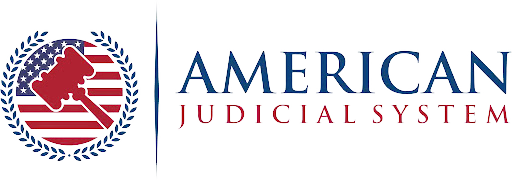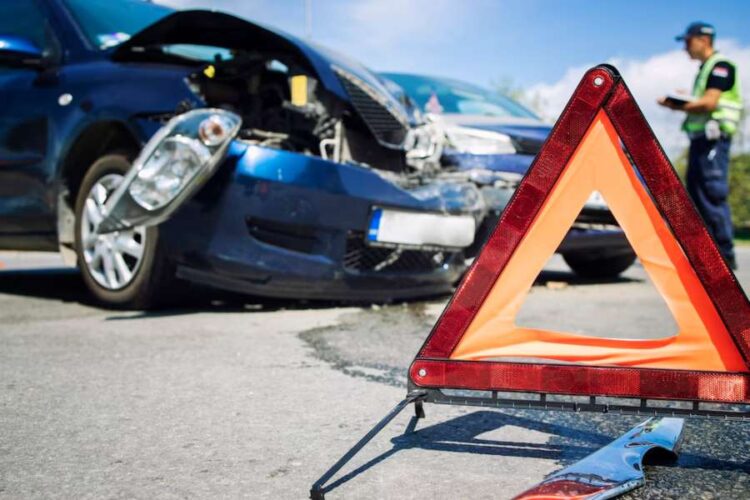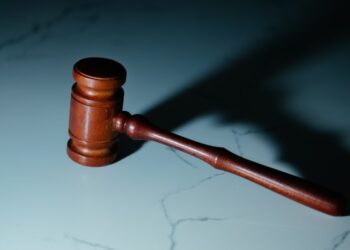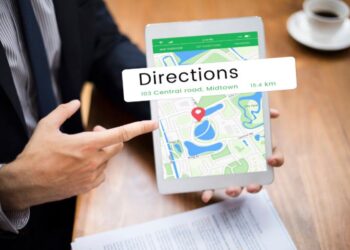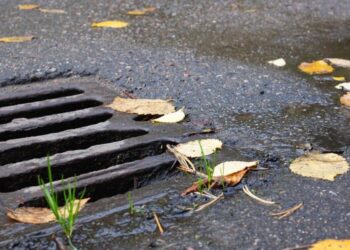When most people think of car accidents, they envision reckless drivers, distracted behavior, or poor weather conditions. However, there’s another significant cause often overlooked—defective or poorly maintained road infrastructure. From crumbling bridges to inadequate signage and pothole-ridden highways, unsafe roads can be just as deadly as negligent driving. For those injured due to dangerous road conditions, legal action may be possible. In such cases, Minneapolis car accident attorneys can play a critical role in identifying liable parties and pursuing compensation.
Understanding Infrastructure-Related Accidents
Infrastructure-related car accidents arise when hazards in the road’s design, maintenance, or construction contribute directly to a crash. Common examples include uneven pavement, malfunctioning traffic signals, poor drainage systems, and missing guardrails. These flaws create conditions that make it difficult—even impossible—for drivers to operate their vehicles safely.
While local and state governments are responsible for maintaining safe roads, liability isn’t always straightforward. Proving fault requires showing that a public agency knew (or should have known) about a dangerous condition and failed to act within a reasonable timeframe. This is where skilled legal counsel becomes essential.
Who Is Liable When the Government Fails?
Municipal, county, and state agencies generally oversee public roads. When one of these entities neglects repairs or maintenance duties, and an accident occurs as a result, they may be held liable. However, bringing a lawsuit against a government body is not the same as suing a private individual. Special rules—such as notice requirements and immunity protections—apply.
For instance, in Minnesota, you must provide a formal notice of your claim within 180 days of the injury. If this deadline is missed, your case may be dismissed regardless of merit. Working with Minneapolis car accident attorneys who are familiar with these procedural hurdles can significantly improve your chances of success.
In addition, liability might not rest solely with the government. Engineering contractors, private maintenance firms, and construction crews may also share responsibility. Uncovering all responsible parties often requires an in-depth investigation, which experienced attorneys are well-equipped to handle.
Building a Strong Claim
To succeed in an infrastructure-related accident claim, evidence is key. You’ll need to prove not only that the road defect existed but also that it directly caused your injuries. This often involves collecting:
- Photographs and video of the road condition
- Witness statements
- Accident reports
- Maintenance and repair logs
- Expert testimony from civil engineers or roadway safety professionals
These materials help establish the timeline of negligence and demonstrate how a preventable hazard created a risk to public safety.
A detailed investigation can also reveal patterns—such as previous complaints about the same road condition—which strengthen your claim that the issue was known but ignored.
The High Costs of Poor Roads
Neglected infrastructure is not just a legal issue—it’s a national crisis. According to the American Society of Civil Engineers (ASCE), America’s infrastructure scores a D+ overall, with roads specifically earning a D grade due to widespread deterioration and congestion. These conditions contribute to an estimated one-third of all U.S. traffic fatalities, making infrastructure a major public safety concern.
For victims, the financial consequences are immense. Medical bills, lost wages, vehicle damage, and long-term disabilities can all result from an accident caused by poor road conditions. Holding responsible parties accountable isn’t just about compensation—it’s about driving change to prevent future tragedies.
Real-Life Examples of Infrastructure Failures
Some of the most high-profile crashes have stemmed from infrastructure failures. In Minneapolis itself, the 2007 collapse of the I-35W bridge tragically illustrated how deferred maintenance can lead to catastrophic outcomes. While such disasters grab headlines, smaller-scale infrastructure defects—like obscured stop signs or cracked pavement—are far more common and often just as dangerous.
Even seemingly minor design flaws can prove deadly. In one case reported by the National Highway Traffic Safety Administration (NHTSA), improper road banking on a curve increased the likelihood of rollovers, leading to multiple serious injuries. Identifying these engineering oversights is crucial in legal claims involving defective road design.
How Minneapolis Car Accident Attorneys Can Help
Bringing an infrastructure-related accident case requires more than just legal knowledge—it demands a strategic approach that includes accident reconstruction, public record analysis, and familiarity with government immunity laws. This is where Minneapolis car accident attorneys stand out. They understand how to build strong cases from the ground up, ensuring that clients are not left to face insurance companies or government agencies alone.
These professionals advocate for victims by:
- Investigating and documenting roadway conditions
- Navigating complex government procedures
- Negotiating fair settlements
- Taking claims to trial when necessary
With the right legal support, injured individuals can hold negligent parties accountable and secure the compensation they need to recover.
Conclusion
While driver error remains a leading cause of auto accidents, unsafe roads represent a silent but deadly threat on America’s highways. If you or a loved one has been injured due to poor infrastructure, legal recourse may be available. By consulting experienced Minneapolis car accident attorneys, victims can pursue justice, drive public accountability, and help make the roads safer for everyone.

